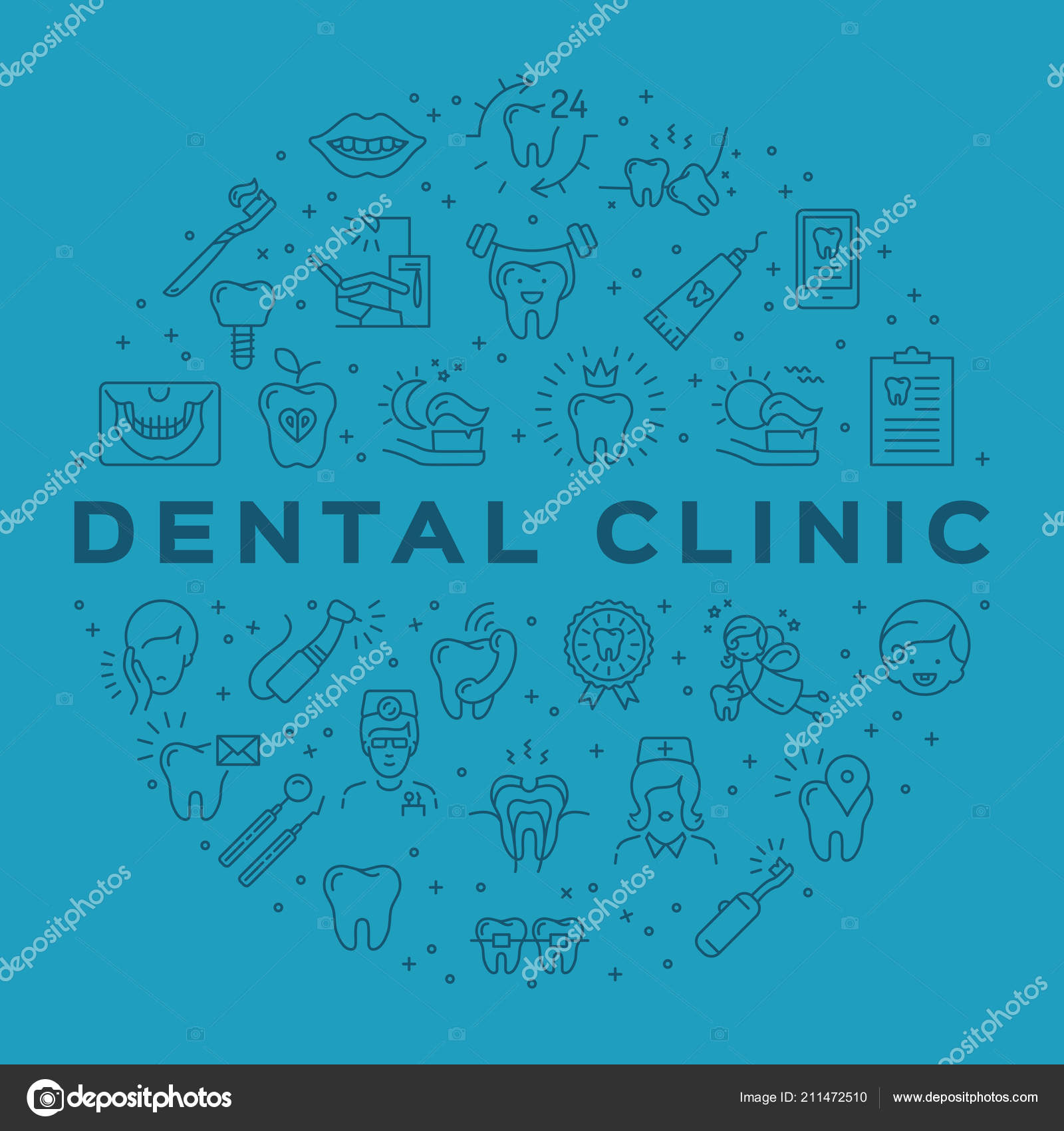Guarantee You Are Gotten Ready For Unpredicted Oral Emergency Situations By Being Able To Identify The Symptoms Of Trauma And Recognizing When To Look For Immediate Medical Interest
Guarantee You Are Gotten Ready For Unpredicted Oral Emergency Situations By Being Able To Identify The Symptoms Of Trauma And Recognizing When To Look For Immediate Medical Interest
Blog Article
Authored By-Serrano Bennetsen
If you really feel a sudden shock of pain or discover a tooth injury, it can be distressing. Yet exactly how do you figure out if it's an oral emergency that requires immediate attention? Understanding the critical indicators and knowing when to seek aid can make all the distinction in preserving your oral health and wellness. Recognizing when to act promptly can imply the difference in between a quick fix and more extensive therapy.
Common Kind Of Dental Trauma
What're the typical types of dental injury that you should understand?
Crashes can take place, bring about various kinds of dental injuries. One usual type of dental injury is a cracked tooth. This can occur from biting down on something hard or experiencing a strike to the face.
One more kind is a broken tooth, where a part of the tooth can chip off. Additionally, you may experience a knocked-out tooth, which can happen during sports or drops. It's important to manage the tooth meticulously and seek prompt dental focus.
Oral injury can also involve a tooth that has been pushed out of setting or loosened up due to an injury. This type of injury calls for prompt therapy to conserve the tooth.
Lastly, soft tissue injuries in the mouth, such as cuts, can likewise take place from accidents. Learning about these typical kinds of oral trauma can help you act swiftly and suitably in case of an emergency situation.
Signs of Oral Emergency Situations
Identifying the signs of dental emergencies is vital for prompt action and correct treatment. If you experience serious tooth pain that's constant and throbbing, it could show an underlying problem that needs prompt focus.
Swelling in click for more , face, or jaw can additionally be a sign of a dental emergency situation, specifically if it's accompanied by pain or fever. Any kind of kind of trauma to the mouth leading to a cracked, broken, or knocked-out tooth needs to be dealt with as an emergency situation to stop additional damages and possible infection.
Bleeding from https://fernandoqmhbw.wizzardsblog.com/30259889/the-value-of-add-ons-and-buttons-in-invisalign-treatment that doesn't stop after using stress for a couple of minutes is an additional warning that you should seek emergency oral treatment. In addition, if you discover any kind of indications of infection such as pus, a foul preference in your mouth, or a fever, it's necessary to see a dentist as soon as possible.
Disregarding these indicators might bring about much more significant complications, so it's vital to act quickly when confronted with a possible oral emergency situation.
Value of Immediate Treatment
Prompt action and prompt treatment are critical in attending to dental emergencies to prevent more complications and make sure optimal results for your oral health and wellness.
When faced with a dental emergency, such as a knocked-out tooth or serious tooth pain, looking for instant therapy can make a considerable difference in conserving your tooth and alleviating pain. Delaying treatment can bring about infection, increased pain, and also irreversible damage to your teeth and gum tissues.
By looking for emergency dental care immediately, you enhance the opportunities of effective therapy and restoration. Dental practitioners have the essential skills and devices to attend to emergencies successfully, reducing the threat of lasting effects.
Additionally, root canal infection can aid manage pain and pain, enabling you to resume your day-to-day activities without disturbance.
Conclusion
Finally, comprehending oral injury and understanding when to seek first aid is essential for preserving dental health.
By recognizing common sorts of dental injuries and the indications of dental emergency situations, you can make certain prompt care to protect against further damage and difficulties.
Bear in mind, seeking immediate therapy can save teeth, decrease pain, and increase the chances of successful recuperation.
Don't hesitate to look for assistance from a dental professional if you experience any indicators of oral trauma.
